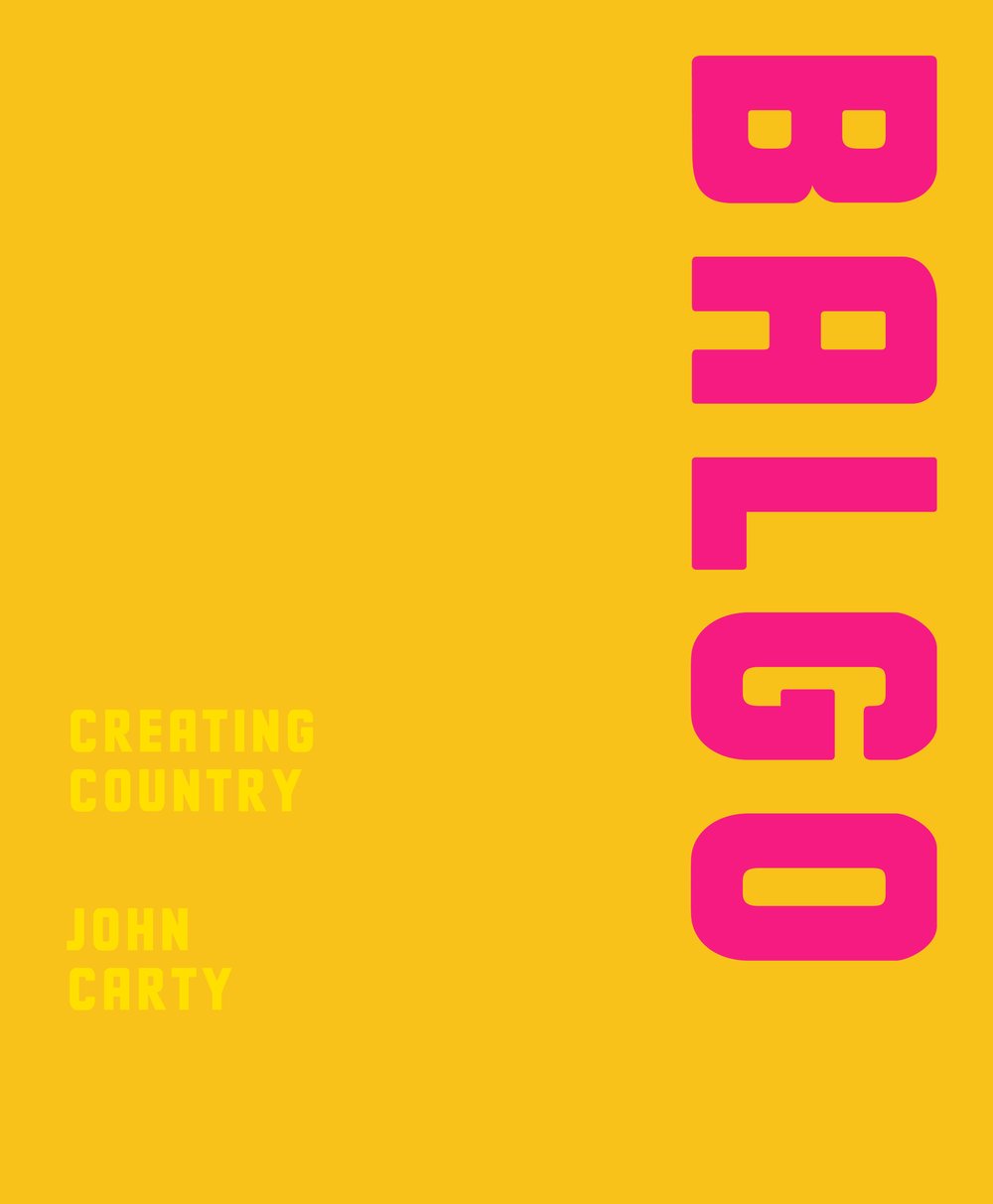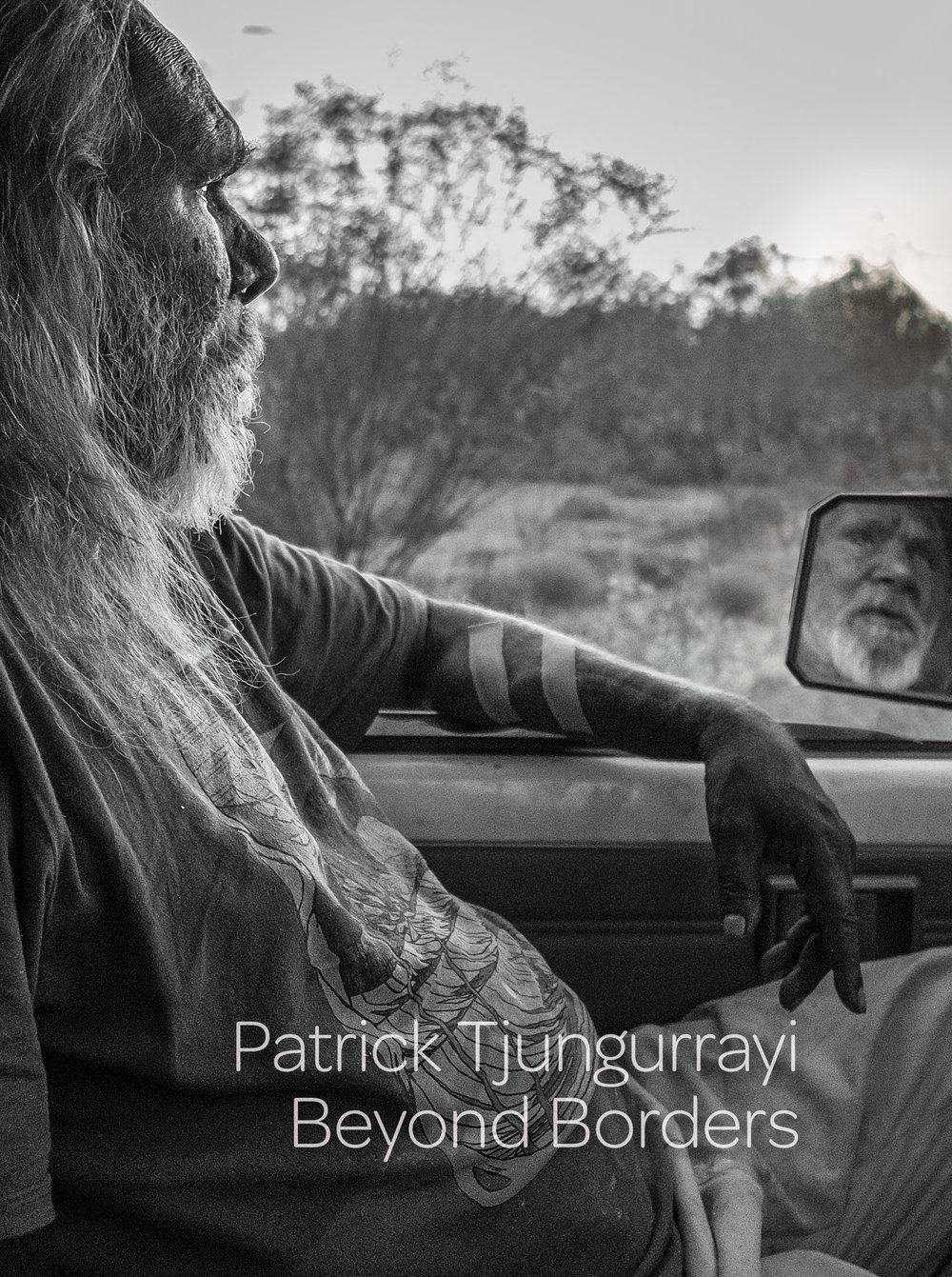Balgo
Creating Country

In the early days we did painting. Cultural way. For ourselves.
Then on the mission Sister Alice was working with the young men and women, like Gracie Green and Matthew Gill. We did a lot of landscapes at the start. Then after that people did a lot of paintings for the church.
Then we decided we gotta do our own painting now. About ngurra and tjukurrpa. Ngurra are the places we came from, our Country. We came to the mission from Kiwirrkurra, from Canning Stock Route, from Mulan lake Country. All the different families. All now to this Country we call Balgo.
And we have always enjoyed our culture. We never stopped. Always dancing and singing, teaching our kids and keeping our culture strong. Here in Balgo. We keep our ceremonies, we visit our Country. That’s why we still live here. That’s why we paint. That story from our Tjamu and Tjatja (grandfather and grandmother). Our rockholes and waters where we used to live. We paint that. Our bush tucker and lovely bush potatoes! We paint that.
Balgo is Country for all of us now. We were all born here, these generations here today. We are Wirrimanu kids. We belong to Balgo. That’s what we paint. That’s why we paint. This is our story.
— Eva Nagomarra, Warlayirti Artists
This beautiful monograph features countless images of full colour artworks from communities including Birrundudu, Papunya, Yuendumu and Balgo and language groups including Kukatja, Djaru, Warlpiri, Nyining, Ngarti, Wangkajunga and Manjilyjarra. It is deeply grounded in country has been put together in conjunction with the Warlayirti Arts Centre.

John Carty is a Professor of Anthropology at the University of Adelaide, and Head of Humanities at the South Australian Museum. His position between the two institutions focuses on connecting the collections and contemporary politics of Museums with innovative research. He is also the Humanities and Social Sciences Commissioner for the Australian National Commission to UNESCO.
He has worked extensively with Aboriginal artists and custodians throughout Australia on books, exhibitions and community development programs. His core research has involved working with Aboriginal artists to bridge the divide between anthropology and art history. In recent years, John’s work – through research with the British Museum, National Museum of Australia, and now the South Australian Museum — has grown to focus on the cultural and cross-cultural histories encompassed by objects in museum collections.

